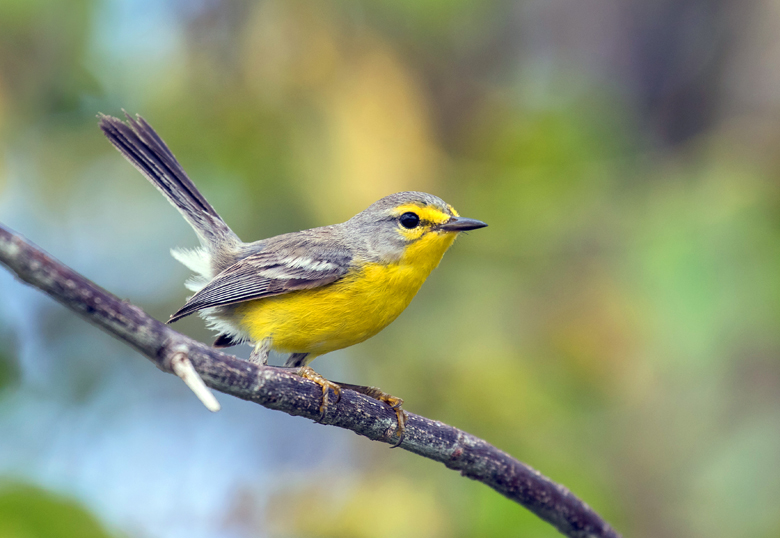A research project led by a University of Lethbridge undergraduate has revealed evidence of an evolutionary relationship between migration and vocal duetting in birds.
Vocal duets occur when a mated pair of birds sings together. The study, which is the first to describe the evolution of duetting in a family of birds known as warblers, shows that duetting co-evolved with the absence of migration.
“The basic pattern had been shown before, but not for this family,” says Dr. David Logue, a U of L psychology professor and principal investigator in the Birdsong Lab. “That we found the same result as previous studies suggests that the pattern is real. It’s a good example of replication—a core principle of the scientific method that is often neglected.”
While geographers look at rocks and paleontologists at fossils to get an idea of what Earth and its lifeforms looked like millions of years ago, scientists who study the evolution of animal behaviour have no such luxuries.
These researchers must look at the behaviour of living species for clues about their ancestors’ behaviour. Current behaviour, when combined with knowledge of the evolutionary relationships among species and computer modelling, gives scientists clues to the behaviour of ancient relatives.

Liam Mitchell, a fourth-year neuroscience student, used that approach in his research project that looked at vocal duetting and migration in a family of birds called New World warblers. Mitchell, along with lab-mates Jakica Cavar and Logue, and colleagues from the University of Northern Colorado, Nadje Najar and Lauryn Benedict, tested for an evolutionary correlation between migrating and duetting.
“The unique parts about this study were the bird family and the methodology. Warblers haven’t been particularly well studied with respect to duetting. We looked at all of the warbler species we could, while some other studies have done random sampling across many different families,” says Mitchell. “Given our idea about why duetting and migration might be related, our hypothesis was that birds that don’t migrate are more likely to duet and vice-versa. This was shown to be correct.”

Mitchell says duetting and non-migration may be related because non-migratory birds are pair bonded for longer periods of time than their migrating relatives. Bonded pairs cooperate to raise their young, collect food and defend their territory with duets. Since migrating birds move twice a year, it’s more difficult for them to maintain such a relationship.
The study, which was supported by an Undergraduate Student Research Award through the Natural Sciences and Engineering Research Council (NSERC) and an NSERC Discovery Grant, has been published in the influential journal The Auk: Ornithological Advances.
